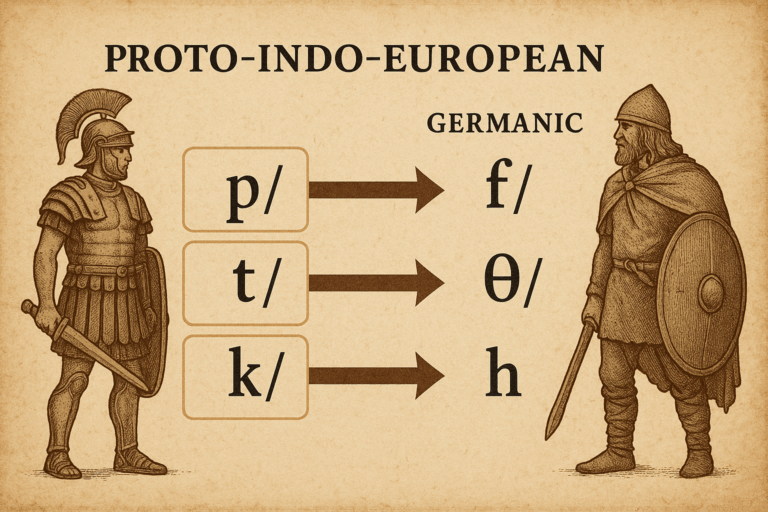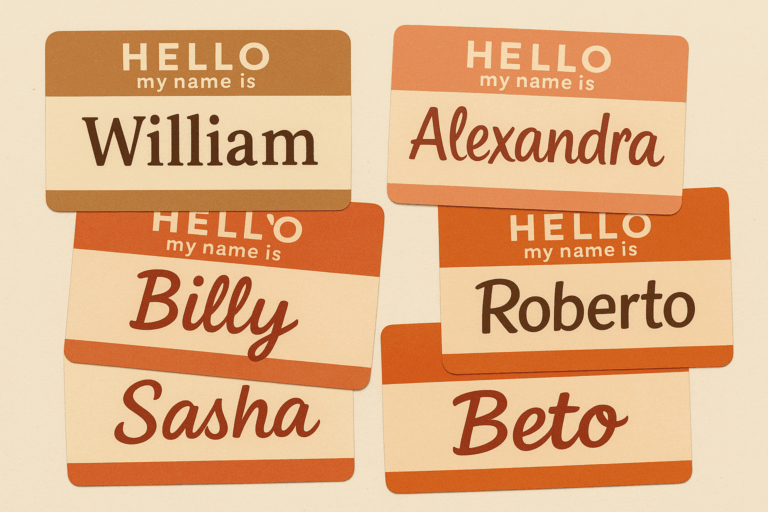We often think of language as the stuff of poetry, identity, and heated family dinners. It’s culture. It’s connection. But what if I told you it’s also cold, hard cash? What if a nation’s policy on official languages, education, and translation services could be as impactful to its economy as its tax code or infrastructure spending?
Welcome to the fascinating and deeply consequential field of linguistic economics. This isn’t just an academic curiosity; it’s a real-world force shaping global trade, domestic markets, and national innovation. A country’s language policy isn’t merely a cultural statement—it’s a multi-billion dollar economic strategy. Let’s peel back the layers and see how the words we speak translate directly into the wealth we create.
What is Linguistic Economics? Beyond Words and Grammar
At its core, linguistic economics studies how language affects economic outcomes. Think of it this way: every transaction, from buying a coffee to signing a multi-million dollar merger, relies on communication. When language creates friction in that communication, it imposes a cost. When it smooths the way, it creates value.
This “cost” can be obvious, like hiring translators and interpreters. But more often, it’s subtle:
- Transaction Costs: Misunderstandings in negotiations can delay or derail deals. Complex contracts written in a second language increase legal fees and risk.
- Information Asymmetry: If the best information about a market or a new technology is in a language you don’t understand, you are at a significant disadvantage.
- Trust and Social Cohesion: Shared language builds rapport and trust, which are the lubricants of any healthy economy. A lack of it can lead to fragmented markets and social friction.
A smart language policy seeks to minimize these costs and maximize the benefits of clear, efficient communication, both internally and across borders.
The Lingua Franca of Trade: The European Union
Nowhere is the economic power of language more visible than in international trade. Numerous studies have confirmed what feels intuitive: countries that share a common language trade more with each other. Economist Jacques Mélitz, a pioneer in this field, found that a shared language can boost bilateral trade by 40% or more. Why? Because it drastically lowers the barriers to entry for businesses. It’s easier to find partners, negotiate terms, market products, and handle customer service.
The European Union is a colossal case study in this. The EU has 24 official languages, a policy designed to respect national identity and ensure democratic transparency. This linguistic diversity is celebrated, but it also comes with a hefty price tag—the EU’s translation and interpretation services cost over a billion euros annually.
However, the unofficial adoption of English as the de facto language of business and science within the EU has been a massive economic accelerant. A Finnish tech startup can seamlessly pitch to a German venture capital fund in English. A Portuguese engineer can collaborate with a Polish research team. This shared linguistic layer allows capital, talent, and ideas to flow more freely across the single market, supercharging its economic engine in a way that wouldn’t be possible if every interaction required translation.
The Swiss Model: Multilingualism as a GDP Multiplier
If the EU shows the power of a common second language, Switzerland demonstrates the economic advantage of institutionalized multilingualism. With four national languages (German, French, Italian, and Romansh), Switzerland has woven language diversity into its very fabric.
This isn’t just for show; it’s a strategic asset. A famous study by Swiss economist François Grin concluded that the country’s multilingual skills contribute a staggering 10% to its GDP. How is this possible?
- Seamless Internal Market: By ensuring citizens can interact with the federal government and major companies in their native tongue, Switzerland promotes national cohesion and ensures all its linguistic regions can participate fully in the economy.
- Enhanced Foreign Trade: Switzerland is bordered by Germany, France, and Italy. Having large populations fluent in the languages of its biggest trading partners is a massive competitive advantage. A Swiss company doesn’t need to “break into” the French market; a huge part of its workforce is already culturally and linguistically French.
- High-Value Human Capital: The emphasis on language learning creates a highly skilled workforce attractive to multinational corporations looking for a European headquarters. A Swiss employee who speaks German, French, and English is a huge asset.
The Swiss have turned what could be a source of division into a powerful tool for economic prosperity. They don’t just tolerate multilingualism; they monetize it.
India’s Linguistic Labyrinth: Opportunity and Challenge
India presents a more complex picture. With 22 scheduled languages and hundreds more in active use, its linguistic diversity is immense. The country’s language policy is a delicate balancing act, with Hindi and English serving as the official languages of the central government.
This duality has created both incredible opportunities and significant hurdles.
- The English Advantage: The legacy of British colonialism left India with a large English-speaking population. This single factor was arguably the primary catalyst for India’s boom in the IT and business process outsourcing (BPO) sectors. It allowed Indian firms to plug directly into the American and European economies, creating millions of jobs and transforming the country into a global tech player.
- Internal Friction: Conversely, linguistic diversity can act as a barrier to internal trade and labor mobility. A skilled worker from a southern state like Tamil Nadu might face significant challenges finding work in a northern state like Uttar Pradesh if they don’t speak Hindi. This friction prevents the domestic market from being as efficient as it could be, effectively creating semi-permeable economic borders within the country itself.
India’s story shows that a language of global commerce is vital, but failing to build linguistic bridges internally can leave significant economic potential on the table.
Language, Innovation, and the Future
Beyond trade and market access, language policy shapes the very foundation of a modern knowledge economy: innovation. A growing body of research in cognitive science shows that bilingual and multilingual individuals exhibit enhanced problem-solving skills, greater cognitive flexibility, and improved creativity.
When a country invests in high-quality multilingual education, it’s not just teaching children how to talk to foreigners. It’s training a workforce to think more dynamically. These are the skills essential for research and development, for complex engineering, and for the kind of disruptive thinking that leads to groundbreaking new industries.
As we look to the future, it’s clear that language is far more than a “soft” cultural issue. It is a hard economic lever. The decisions a nation makes about which languages to teach in its schools, use in its government, and promote in its businesses have profound consequences for its prosperity. The billion-dollar dialogue isn’t just happening between nations; it’s happening in every classroom, boardroom, and parliament that shapes a country’s linguistic destiny.









